
For most wildlife addicts, there is nothing more exciting than viewing wild dogs. Sadly, in recent years, their numbers have plummeted – and seeing a wild dog in the Maasai Mara was becoming more a thing of dreams. Well, there is a mission to change that; and I was fortunate enough to watch it first-hand.
A year ago there were reports of 9 African wild dogs that had moved into the northern extremities of the Maasai Mara. Sightings were few and far between, but they were sightings nonetheless and we all started getting excited. In years gone by wild dog encounters had been significantly more common in the grasslands of the Mara. Outbreaks of canine distemper, rabies and mange decimated the populations leaving the ecosystem void of one of Africa’s most effective and efficient hunters.
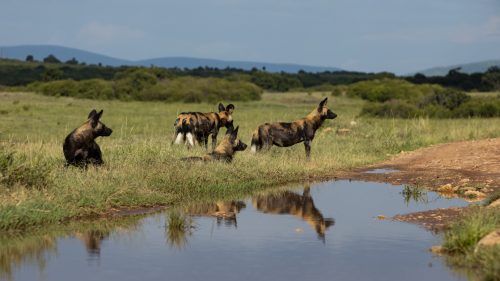
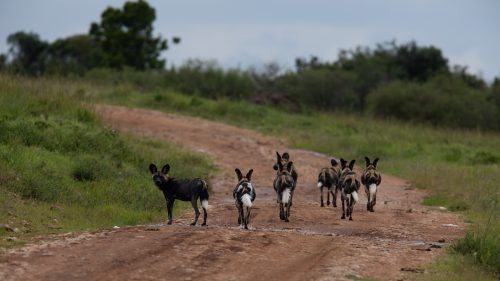
We are still not sure of exactly where these dogs have come from, but they appear to have settled in the far north of the conservancies around Enonkishu, Lemek and Ol Chorro. Fortuitously this area is home to the largest, and tallest, hills in the landscape; thickly vegetated and offering great overage and refuge for the pack. Could this be an area in which they decide to den? That would be a dream come true.
Whilst we are all excited about the prospect of the ‘return’ of wild dogs into the landscape, we are all very aware of the multiple hurdles and challenges that stand in their way. The threats against them are innumerable. Habitat loss and increasing human-wildlife conflict are two major obstacles, however, the greatest threat comes from the domestic cats and dogs that live in the nearby communities. These animals often carry canine distemper and rabies; diseases which can easily be transferred to the wild dogs. As wild dogs are pack animals, reliant on social grooming and physical contact to maintain bonds and hierarchical structure, such a viral disease outbreak is deadly.
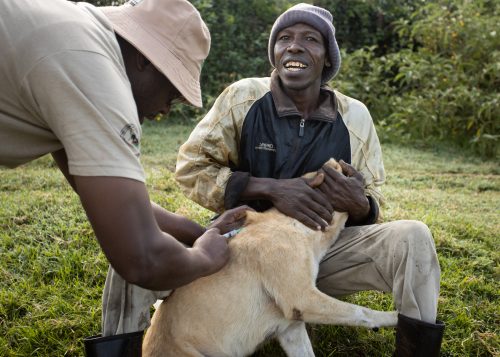
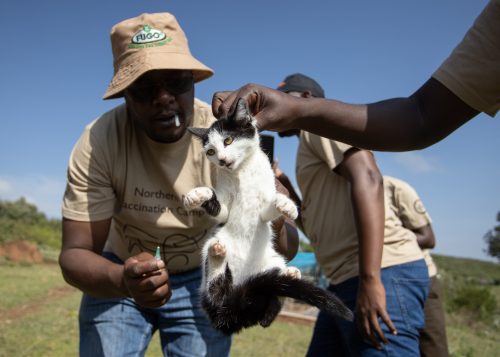
As the human population continues to spread on the periphery of protected areas, it is increasingly becoming a shared responsibility to do all in our power to protect indigenous wildlife. For the fifth year running, in connection with the ‘End Rabies Now’ organization, a group of conservationists, biologists and veterinarians gathered to organize a two day ‘Mara Vaccination Campaign’.
A command centre and make-shift veterinary clinic were set up at the Mara Training Centre. Domestic animal owners from local communities could come in to have their pets spayed or neutered, whilst 24 mobile teams, in cars, motorbikes and on foot, went out to the local villages. Last year the team vaccinated 752 animals. This year, rejuvenated and motivated by the return of the wild dogs, the teams upped their numbers and vaccinated 1444 dogs, cats and donkeys against rabies.
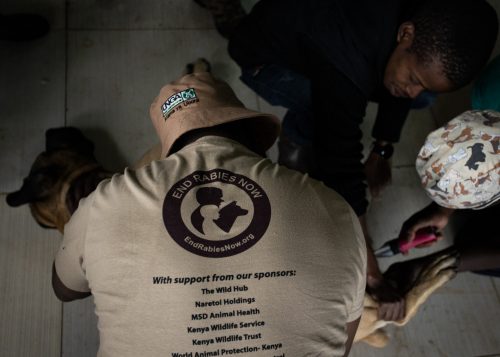
The teams were all met with very friendly greetings and welcomed into homes. It was very clear that the community members understood the importance of this vaccination. After every immunisation, pet owners were given a vaccination card and an information sheet written in their home language. All information about the animals was recorded and then added into a database.
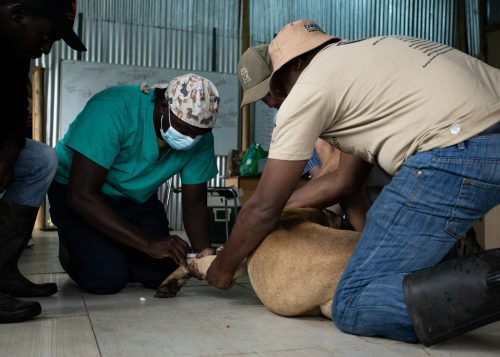

It was a great experience to take part in this initiative. The most poignant moment of the exercise was when we went into a homestead, literally 300m from where we had seen the wild dogs a few weeks before. In this homestead we vaccinated 6 dogs and 4 cats. This area is the coalface where wildlife and humanity meet. If wild dogs are to make a successful return to the Mara, it is crucial that communities and conservationists continue to work together.
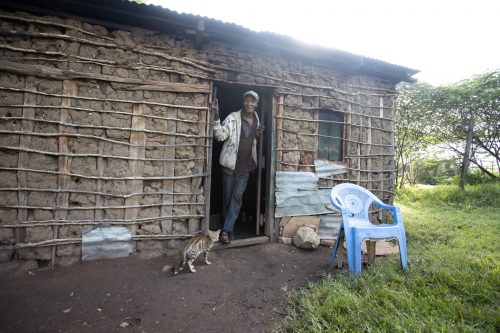

Filed under: The Mara
Subscribe for Weekly Stories
Comments (0):

The Angama Shamba